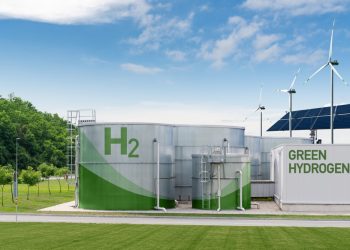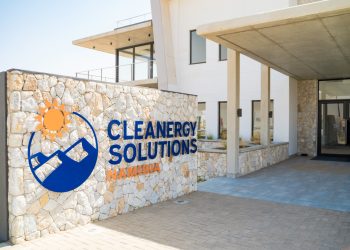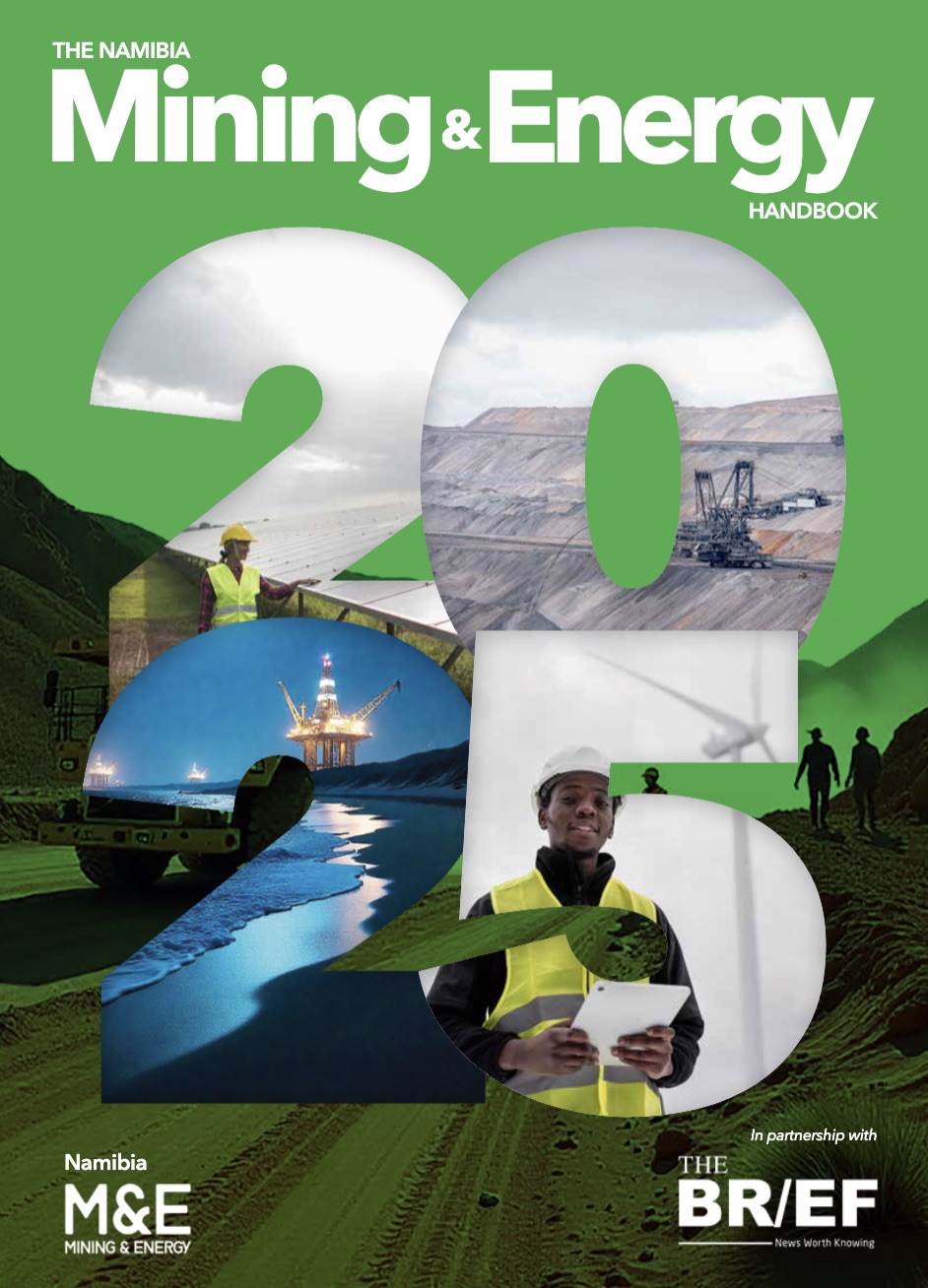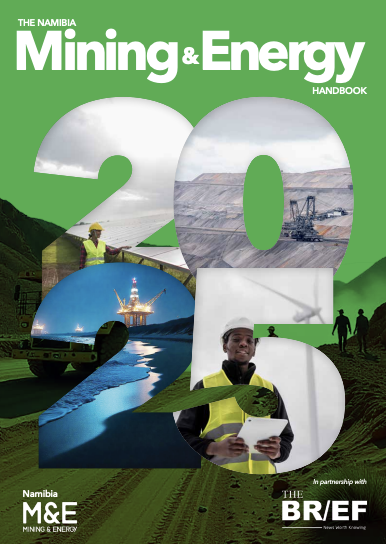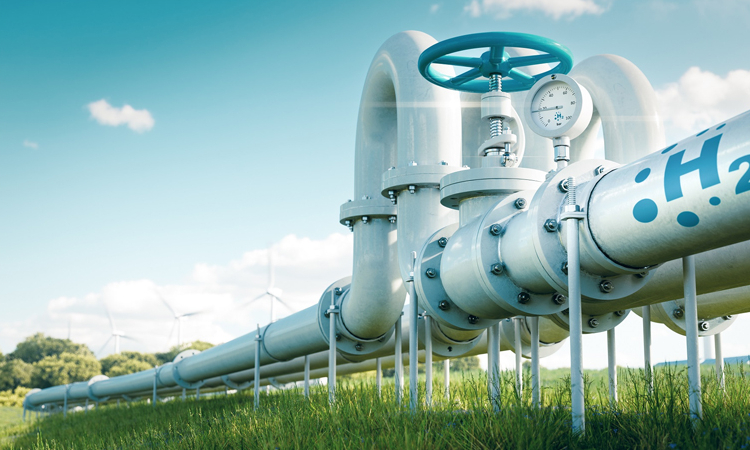
The Namibia–South Africa hydrogen pipeline project is gathering pace, with N$30 million earmarked for the development of a conceptual master plan between mid-2025 and mid-2026, according to the Namibia Green Hydrogen Mid-Year Review 2025.
The report states that this follows the successful completion of a cross-border pre-feasibility study in December 2024, which confirmed the potential for a pipeline linking Lüderitz to Boegoebaai and Saldanha Bay in South Africa, with a possible extension to Gauteng via an eastern corridor.
“A conceptual master plan for the pipeline infrastructure is scheduled between mid-2025 and mid-2026, with an estimated budget of N$30 million,” the report reads.
According to the review, a significant portion of the funding will be provided by Climate Fund Managers and Dutch gas infrastructure firm Gasunie, with additional financial and technical support from the European Union.
The report also notes that the Erongo Region and the Western Cape government are finalising a twinning agreement focused on green hydrogen development and shared infrastructure planning.
“This system is pivotal for sustainable energy, socio-economic growth, and advancing Namibia and South Africa’s net-zero goals while positioning both countries as key players in the global hydrogen market,” the review states.
The pipeline project is part of Namibia’s wider Green Hydrogen Programme (NGH2P), which has also secured N$3.6 million from the German Federal Ministry for Economic Affairs and Climate Action (BMWK) to commission a study on best practices for common-user infrastructure, including desalination plants, pipelines, ports, rail and road networks.
The study, according to the report, is expected to be completed by June 2025 and will guide state-owned entities such as NamPort, NamWater, NamPower and TransNamib.
In parallel with the pipeline initiative, the report confirms that NamPort has signed Memoranda of Understanding with the Port of Rotterdam and the Port of Antwerp-Bruges to support the export of green ammonia and the handling of alternative fuels.
The collaborations include plans for the development of Angra Point in Lüderitz and the expansion of North Port in Walvis Bay.
The review further notes that the NGH2P, with support from GIZ, is working with the Maritime Directorate under the Ministry of Works and Transport to draft a National Action Plan for Maritime Decarbonisation.
The plan will focus on upgraded port infrastructure and the creation of a Green Ammonia Bunkering Hub. The Terms of Reference for the appointment of a consultant are due to be released in July 2025, with the first Task Team meeting scheduled for early August.
“Namibia is emerging as a crucial gateway for trade within Sub-Saharan Africa, with its two existing ports, the Port of Walvis Bay and the Port of Lüderitz, being developed to increase their readiness for alternative fuel handling,” the report concludes.

